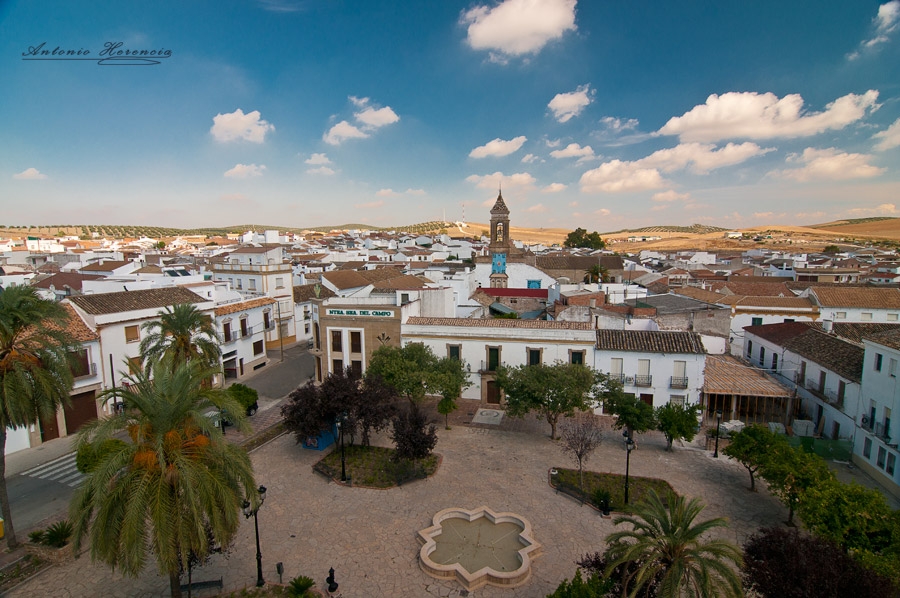
One finds Cordova placed in the region of the High Guadalquivir, to an altitude of 320 meters and up to 49 kilometers of the capital of the province.
The first news on the human activity within this villa begins with the Neolithic revolution, which economy was represented by farmers grouped in settlements. Significant enough of the Age of the Bronze it is the findings obtained in the surface in Old Bridges, The Vilano, The Stove, Washed Head and, especially, in the rich deposit of the Haza of the Virgin. For his proximity Obulco (current Porcuna), the Iberian civilization has left witness of his step along Cañete.
The presence of Vigoda in Cañete of the Towers is stated by the presence of bricks by reliefs of small roses or inscriptions in the edges, whereas of the time of the Muslims, that it is when there show the documents of these people with major profusion, especially from the 10th century, there stay remains distributed by different zones of the municipal area.
During the reconquest, it was lost and recovered several times by the Christians due to his frontier situation. Finally Fernando III conquered it, leaving her under the jurisdiction of the city of Cordova.
It changed hands up to coming to Medinaceli's duchy, which showed the marquisate up to the extinction of the dominions in the 19th century.
It is necessary to emphasize that these people of the province of Cordova suffered a flood in May 2011, in which several streets of the population were devastated by an enormous mass of water that took to itself ahead of the houses of many neighbors and the life of a woman.
They stand out: the historical municipal museum, Iglesia of Our Lady of the Asuncion, Convent of the Hope and The Tercía.

0 Reviews